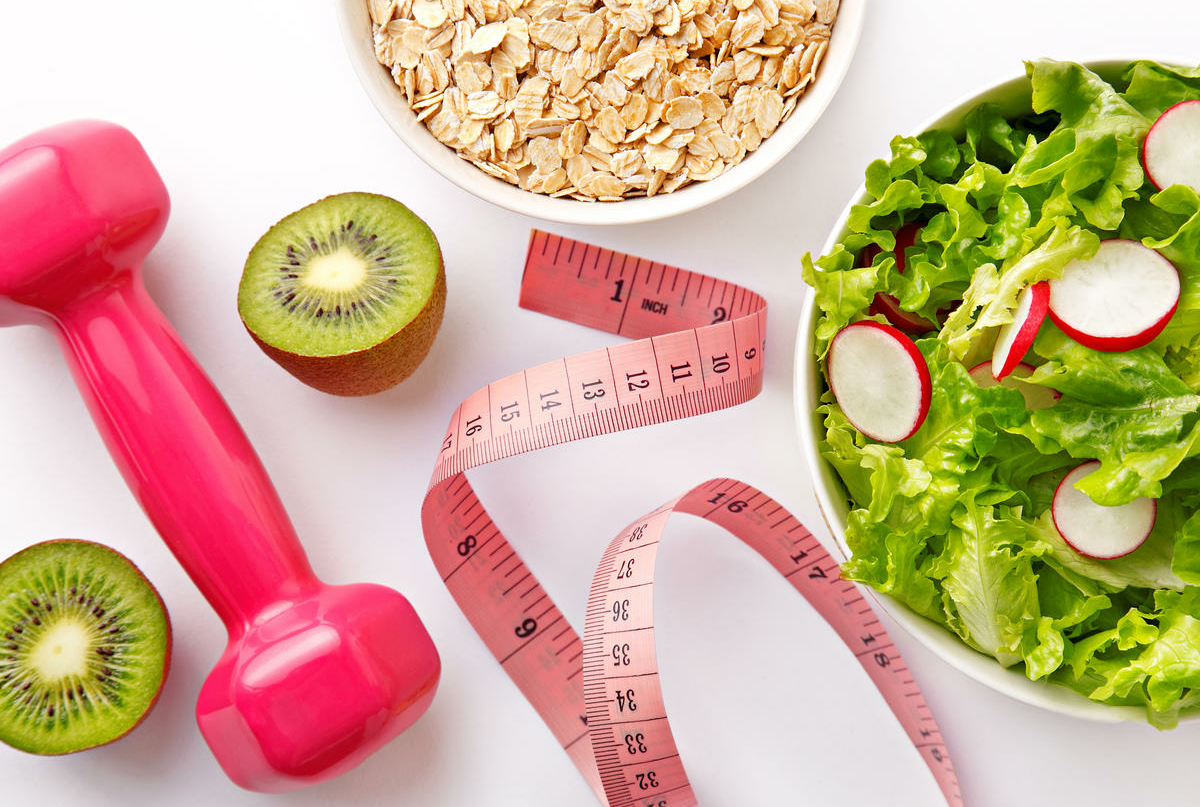Making Your Macros Matter
Mrcros, short for macronutrients, are elements of food that are required for normal growth and development of an organisms. Most of us know them better as fat, protein and carbohydrates.
Many of us have the idea that calories in verse calories out is the most important part of maintaining our weight and our health. However, the more we are learning about the food we consume in today fast paced world, the more we are seeing that quality and what we eat is also important.
Things that will be covered in this blog:
- Different macros do different things for you
- Not all weight loss is treated equally
- Macros and where to start
1. Different Macros do different things for us
Have you ever paid attention to how you feel during your morning and related it back to the breakfast you’ve eaten? Maybe you thought you were making a healthy choice by grabbing a granola bar on your way out the door instead of picking up a doughnut at the coffee shop you stop at every morning. Although, yes, a granola bar is better than a doughnut, it still may have left you feeling hungry and without any energy by the time your morning break rolled around. This is because your breakfast was most likely made up of all simple carbohydrates.
Simple carbohydrates digest very quickly and enter our bloodstream right away. You may have heard of the term Glycemic Index before, which is the classification of just how fast that food enters your bloodstream. The faster it enters, the higher the glycemic index, the higher your blood sugar gets and the more likely you are to crash and feel hungry and without energy at that morning break.
On the other side of the equation, if you eat a breakfast high in protein such as eggs or Greek Yogurt and/or high in fiber (complex carbohydrates), this will slow down your digestion, leaving you full and with energy longer.
Carbohydrates: One thing I think many people today misunderstand is carbohydrates. With trending diets that are low or no carbohydrates, people have started to believe that carbohydrates = weight gain. This isn’t true. Carbohydrates are a main source of our energy and if you live an inactive lifestyle, you do not need to consume a large amount of energy. However, going on a low carbohydrate diet puts you at risk of missing out on many healthy and important foods in your diet, such as fruits, vegetables and legumes. These foods not only provide you with your dietary fiber needs, they also provide a huge amount of the micronutrients that you need.
Protein is a macronutrient that is very important in someone’s diet, especially when they are hypocaloric (or below their calorie needs) as it helps individuals maintain their muscle mass (more on this in #2). It also has a higher thermic effect, which means it takes more energy to digest.
Fat seems to get less attention than the first two but is very important in a diet. Fat plays a key role in allowing absorption of nutrients, providing a slow constant level of energy to the body and can help slow down digestion. The key is looking for healthy fats and avoiding saturated fats found in a lot of our fatty meats and processed foods.
2. Not all weight loss is the same
I’ve coached many individuals who are focused on the number on the scale. They get discouraged by little weight loss despite seeing their belt go down three notches or losing inches around their body. I’ve also seen individuals lose weight, but when taking a closer look at their muscle mass verse body fat, they lost most of their weight in muscle.
You may be wondering, what your point?
- Not all weight loss is good and sometimes, maintaining your weight while gaining muscle and losing fat can be more beneficial than losing weight if it is muscle.
- Think of your muscle as a furnace for burning a majority of the calories that you eat (your metabolism). If you cut back on calories and lose 10 lbs of muscle and then go back to eating like you did before, your “furnace” isn’t burning as much as it used to (slowed metabolism). This is what leads to people’s rebound weight gain and sometimes gaining even more than where they started at.
- Compared to an individual who lost fat and either maintains or gains muscle, their furnace is either burning the same or more calories than it used to (increased metabolism). A lot of times when this is the case, the individual doesn’t see as much weight change, but rather more inches lost. This individual is also more likely to keep their weight off because their metabolism hasn’t decreased.
You may wonder, can I do this with diet alone or do I need exercise?
Diet alone is not going to build more muscle, that is why exercise is an important part of a healthy lifestyle. However, diet and your “macros” can help preserve the muscle mass that you do have. If you are trying to maintain your existing muscles while losing fat, increasing your protein is important. A high protein diet can help preserve muscle mass. Also, making sure you are not going on to low of calorie intake is important, because your body will breakdown muscle tissue for energy if needed. This is why slow weight loss is important and one of the reasons why people who lose weight slowly are more likely to keep it off (because fast weight loss, you’re going to lose some muscle).
3. Macros and where to start
Figuring out your macro targets is a very individualized process. There are a lot of things that can affect it, included but not limited to: activity level, end goal, calorie needs and history of past dieting, medication and other health risk factors. It is always important to consult a professional on your needs before determining what is best for you.
However here are some general guidelines to get you started:
Start with figuring out your resting calorie needs (Basal Metabolic Rate). If you can do this through Basal Metabolic Testing or via your body fat percentage/muscle mass, that will be the most accurate number for you because it considers your muscle mass or “furnace” that I mentioned earlier. If you don’t have access to that testing, here is an equation you can use:
Mifflin-St. Jeor equation:
- Men: calories/day = 10 x weight (kg) + 6.25 x height (cm) – 5 x age (y) + 5
- Women: calories/day = 10 x weight (kg) + 6.25 x height (cm) – 5 x age (y) – 161
Then, multiply your result by an activity factor — a number that represents different levels of activity to get your total daily energy expenditure (TDEE) (1):
Sedentary: x 1.2 (limited exercise)
Lightly active: x 1.375 (light exercise less than three days per week)
Moderately active: x 1.55 (moderate exercise most days of the week)
Very active: x 1.725 (hard exercise every day)
Extra active: x 1.9 (strenuous exercise two or more times per day)
Once you know your calorie goal, it’s time to set a macro goal. Again, depending on your individual goals, your amounts should fall within these ranges (2):
Carbs: 45–65% of total calories
Fats: 20–35% of total calories
Proteins: 10–35% of total calories
If you are not familiar with what foods have what macronutrients in them, I would encourage you to start by tracking your nutrients by hand to learn what types of food you personally need to limit or eat more of. If you have a good grasp on what foods contain specific macronutrients, I’d encourage you to find an app such as MyFitnessPal, Lose It!, or My Marcos + to log a few days and see where you are at and adjust your food intake and goals from there.
Things to know when counting your Macros:
- Carbohydrates contain 4 calories per grams
- Proteins contain 4 calories per gram.
- Fats contain 9 calories per gram.
- Calories per specific macro group = (Marco % goal (divide by 100)) x (Total Calories (TDEE, calculated above))
- Grams per specific Marco group = (Calories just calculated) / (calories per gram of specific Marco)
- Protein example in a 2,000 calories diet (TDEE):
-
- 30% protein (.3) x 2000 = 600 calories in carbs/day
- Total grams of protein allowed per day = 600/4 = 150 grams
Sources:
1- https://www.k-state.edu/paccats/Contents/PA/PDF/Physical%20Activity%20and%20Controlling%20Weight.pdf
2 – https://www.ncbi.nlm.nih.gov/pubmed/16004827

